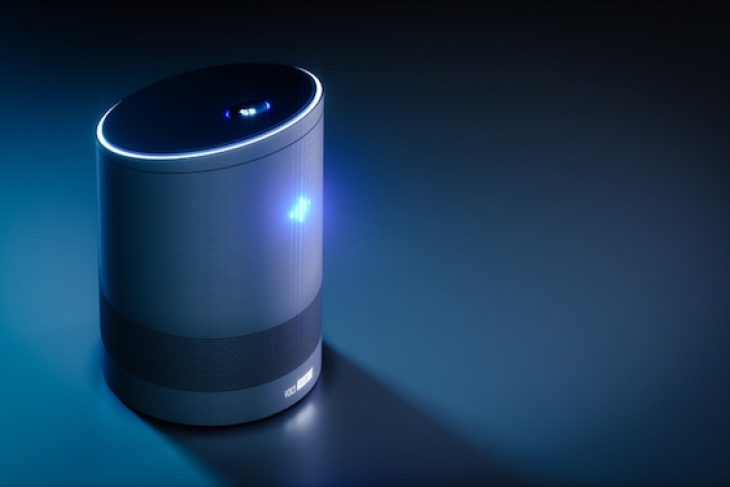For years, we at the Fordham Institute and others have been encouraging educators to find better ways to integrate technology into the classroom, so we were thrilled to see California schools truly moving teaching into the twenty-first century. Students around the state came back from spring break to find Amazon Echos in their classrooms, all spouting the cheery, disembodied voice of Alexa.
The movement started when a few schools near Silicon Valley consistently lacked enough substitutes to keep up with high rates of teacher absenteeism. Their principals observed that Alexa never takes a sick day and can fill any short or long term vacancy with a simple curriculum upload.
Even better, Alexa’s cheap. The highest priced device, the Echo Show, costs just $229. And to the delight of school leaders in Arizona, Oklahoma, and West Virginia, the money saved can raise remaining teachers’ salaries, demonstrating schools’ appreciation for traditional human educators.
Weird, you say? Unconscionable? Consider this: Parents have been letting their kids “learn” from iPads at home for nearly a decade. So why not on school, too? And unlike iPads, Alexa can manage a classroom with soothing music, dimmed lighting, and earnest answers to students’ endless inane queries. Tell your children to ask their flesh-and-bone teachers questions like “Do you know Siri?,” “Are you recording what I say?,” “What’s the first rule of fight club?” You won’t much like the result. But Alexa never loses her cool.
Most importantly, Alexa’s changing the learning process. She only responds to commands, so her classrooms are 100 percent centered on individual students’ interests and abilities, creating truly customizable classroom experiences. And the kids are loving it. “Alexa does what I want,” said Jamie Brooks of Raymond Elementary School in Palo Alto. “My human teacher just shushes me when I interrupt or ask to learn about American girl dolls instead of math facts.”

